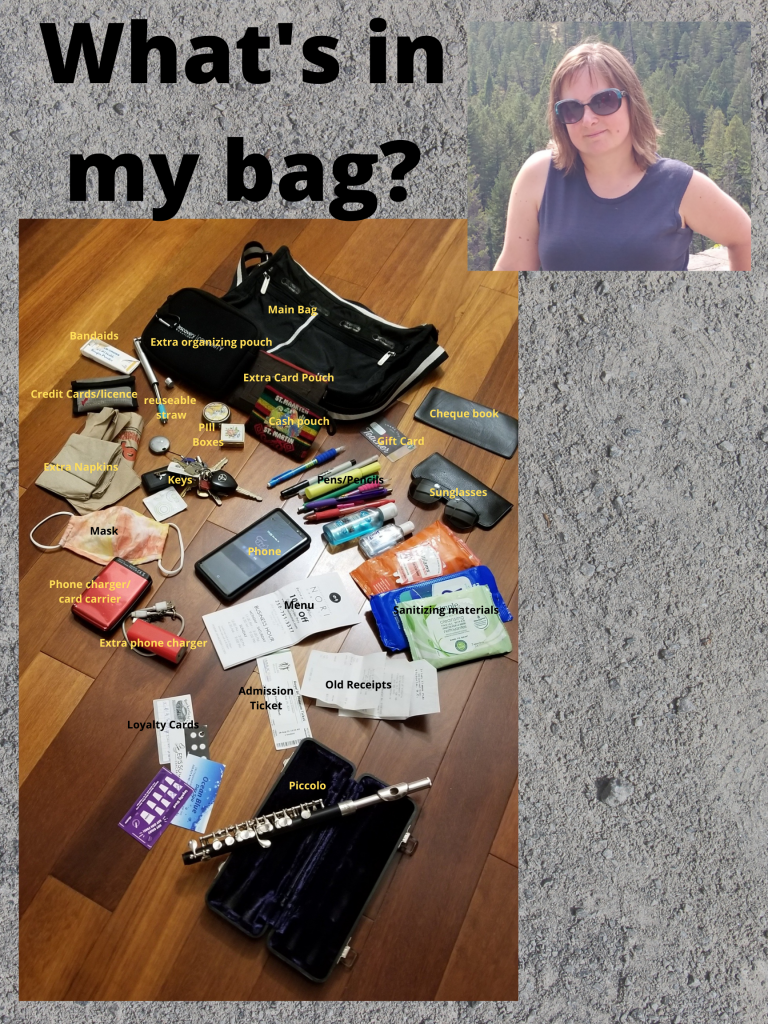A vision for a Dystopian Future:
It was another rainy afternoon on the coastal city of Vancouver, B.C. in the year 2051. 35 year old Marek was deep in thought as the automatically driven electric vehicle pulled up to the 80 floor apartment building that held his living quarters. He really would have loved to go out with some friends tonight, but it wasn’t his allotted recreation day.
‘Arrived at destination’ a dispassionate female voice chimed in. ‘A reminder that nutrition rations have been delivered and that your assigned regeneration time is from 9:30 PM until 6:00 AM.’
‘Thank you, Sirexa’, Marek replied back. The politeness incentive that GAPPLE (Google merged with Apple) introduced 20 years ago seemed like a good idea at the time – an increasingly rude and selfish society that could earn points every time one demonstrated good manners and politeness to the digital assistant Sirexa, with the hopes that it would translate to human peers. It initially was to help teach the children, but adults bought into it as well. At first, the idea was that the points could be traded in for small rewards such as toys or gift cards at a few participating retailers, and the feature was initially embraced quite warmly by parents and the public in general. It became a competitive game to see how many points one could collect in a day simply from vocally asking Sirexa to drive to work, order groceries, turn lights on, check the fridge contents, etc. People would post their daily point scores on their social media in order to brag. Back then, nobody was concerned about how much control was given to the computer, or how much data was being collected on them as the computer was listening, watching, and assessing.
The data that was collected over time became much more than just about ‘please’ and ‘Thank you’. Sirexa was keeping tabs on what you were buying with your implanted chip (which took the place of credit cards – they said it was much safer and harder for fraudsters to hack), what food you were eating (Sirexa kept track of fridge contents), where you were going, who you were interacting with over social media… And the data was constantly collected and analyzed. Eventually, newborns were automatically implanted with the chip and data started being collected right from birth. The computer assigned an intelligence and aptitude score based on social interactions and impromptu ‘fun quizzes’ that would pop up on the social media accounts.
Marek tapped the back of his hand to the payment terminal – the implanted chip would deduct the payment from his account.
In 2035, after dealing with severe food and resource shortages caused by overpopulation and several years of catastrophic pandemics, climate and weather disasters, the ‘Decisive Initiative on Climate Emergency Symposium’ (DICES) attended by all world leaders, decided that drastic worldwide measures needed to be made to preserve humanity. Food would be rationed and mostly sourced locally. Travel would be limited to local areas only. Fossil fuels would be phased out – especially with regards to transportation. Population would be controlled by mandatory implanted birth control, and birth rate would be strictly controlled. People would have to apply to have children, and would be granted their wish if it fit with sustainable computer-generated population projections. People would be assigned a job where they were needed regardless of prior careers or training. The computer would project areas of need and match up with people with appropriate aptitude scores. Children in school would be placed in individualized programs based on their computer-generated aptitude and intelligence test scores that would prepare them for a vocation that was projected to be in demand.
These were drastic measures, and it was acknowledged that there would be much resistance, but it was ‘For the good of humanity’. Enforcement would be through the implanted chips – most people in the developed world had them already so it was an easy transition. The richer countries agreed to share resources with the poorer ones as long as their population was connected with chips. Everything would be recorded and controlled through these chips – work attendance, food/resource consumption, health statistics/medical visits, and social interactions. Compliance would be enforced with ‘fines’. Those fun points that were collected for being polite now became points for food, recreation time, travel allowance, etc. and points could be taken away as easily as they were given.
Marek entered the building – no key was required as the implanted chip was automatically scanned and the door opened for him. He entered the elevator and another dispassionate voice spoke up.
‘Which floor please?’
’Home please.’ Marek responded. The computer knew which floor to stop at. His apartment was very small, 200 square feet, but it was all that he was allotted. The 55th floor apartment had a decent view, but not much else. When he got to his door, he picked up and brought in the weekly food rations left there.
The evening was spent preparing and eating his limited dinner, speaking to family with a virtual reality device, and doing more virtual reality preparation/training for his job. Regeneration time (sleep) was uneasy as Marek longed for the freedoms he dimly remembered as a child.
A vision for a Utopian future:
It was a typical rainy day in Vancouver B.C. in 2051 as an autonomous car pulled up to the front of an 80 story apartment building.
‘Destination Reached’ the car cheerfully chimed.
‘Thank you Sirexa’ the passenger said as he stepped out into the drizzle. He tapped his credit card onto the payment console.
The rain was a good sign that the weather was finally in control. 30 years ago, there had been a large series of global disasters caused by climate change that had produced severe food and resource shortages, particularly for the poorer countries. World leaders of all the nations met together with scientists from all around the world for a month-long summit to deal with the climate crisis. At this meeting of ‘Action on Climate Emergency Strategies’ (ACES), there was much talk about what needed to be done in order to meet the needs of an exponentially growing population, and an increasingly unstable and unpredictable planet. It was decided that more resources needed to be provided to long term solutions such as voluntary population control, eliminating plastic waste, building carbon capture plants, and sending mining robots on the moon and nearby asteroids to obtain needed minerals that were becoming too difficult, rare, or environmentally damaging to acquire on earth.
The passenger, Marek, was one of the new line of ‘virtual miners’. His job was to sit in a room with 200 other miners with a virtual headset and hand sets. He was connected to one of many mining robots that was sitting on Asteroid 2021 RS2. When he was connected to his equipment, he could see the asteroid and move the robot as if he was actually there. Daily during his 8 hour shift, he would activate the robot to drill, clean, sort and package the minerals mined on the asteroid. Once loaded onto a space shuttle, the ores would make the trip to earth where they would be used for building, medications, garden soil enhancement, or electronics. At the end of their life, the electronics were recycled and the minerals and materials reused as much as possible. The virtual mining allowed for safe, efficient and clean operations that provided the materials without the same degree of personal risk and environmental damage to the earth.
Marek opened the door to his apartment. His wife, Sheila came to greet him.
‘How was your day?’ Sheila asked
‘Not too bad, I managed to drill out 2 tons of potassium ore today. How was yours?’
‘Pretty non-eventful. My grade 9 science class is coming along quite nicely. They are working in their groups and coming up with some cool ideas for new possible species we could find on the new planet. When I hear them dictate their notes, they seem to have a great grasp on things’
School was held remotely because of the very long battle with the Covid 19 pandemic that eventually transitioned all teaching permanently to virtual. Each student had a virtual headset that placed them in a virtual ‘room’ with the other students and teachers so that they could interact as if they were actually physically together.
‘How are they submitting their assignments?’ asked Marek
‘Oh, they’re all on an interactive 3-D video that will allow the viewer to interact with the characters presenting the project.’
‘That’s very cool’ Marek said. I wish they were that advanced when I went to school.’
‘Your daughter could use some help with her math’ Sheila said – go check on her before dinner.
Marek went to see his daughter just as she was completing an exercise on her tablet.
‘I hear that you are having problems?’ Marek said
‘Not any more, I did a short quiz, the program targeted where my weakness was and gave me some extra steps to practice. I get it now. All I have to do now is dictate my report for English class.’
Just then, Sheila called them to dinner which was a manufactured chicken casserole (real meat was no longer available – it was all synthetically grown meat). The rest of the evening was spent on personal interest projects and discussion. As Marek fell asleep that night, he dreamt about mining, math, and chicken dinner.
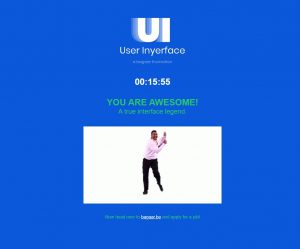

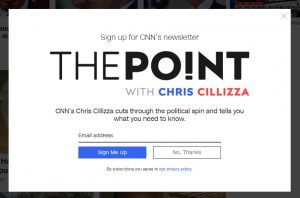
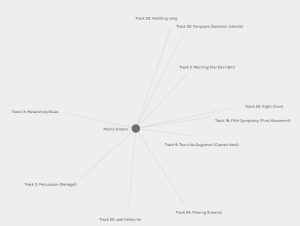
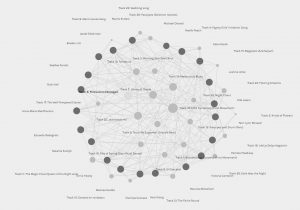
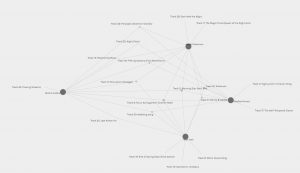
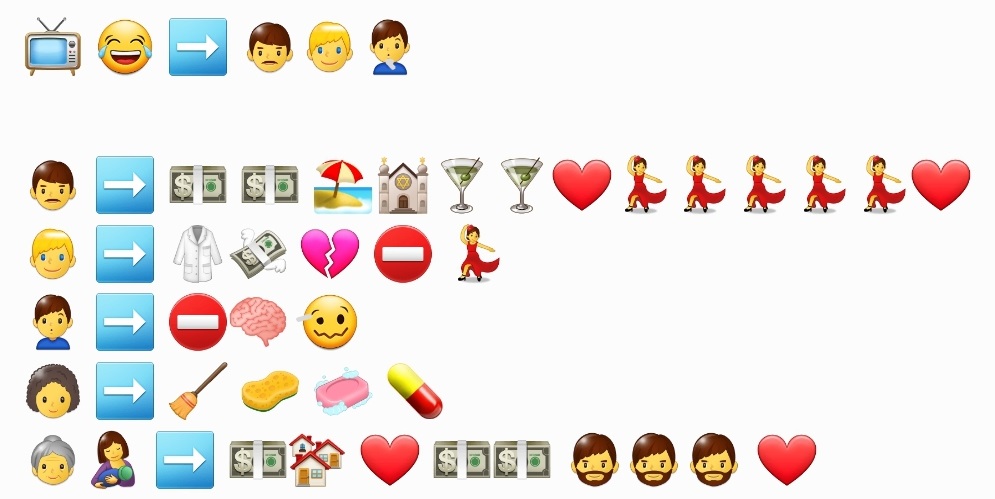
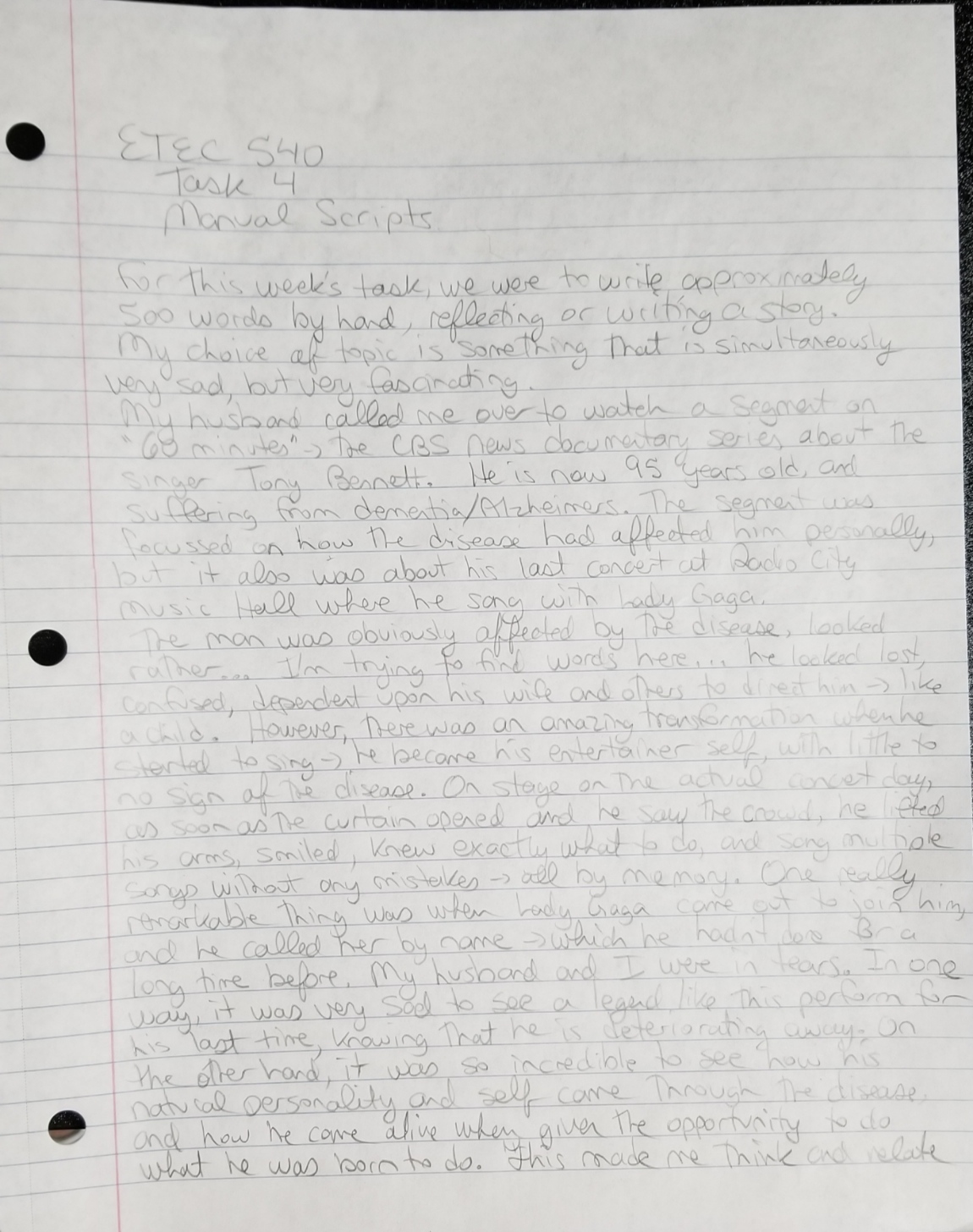
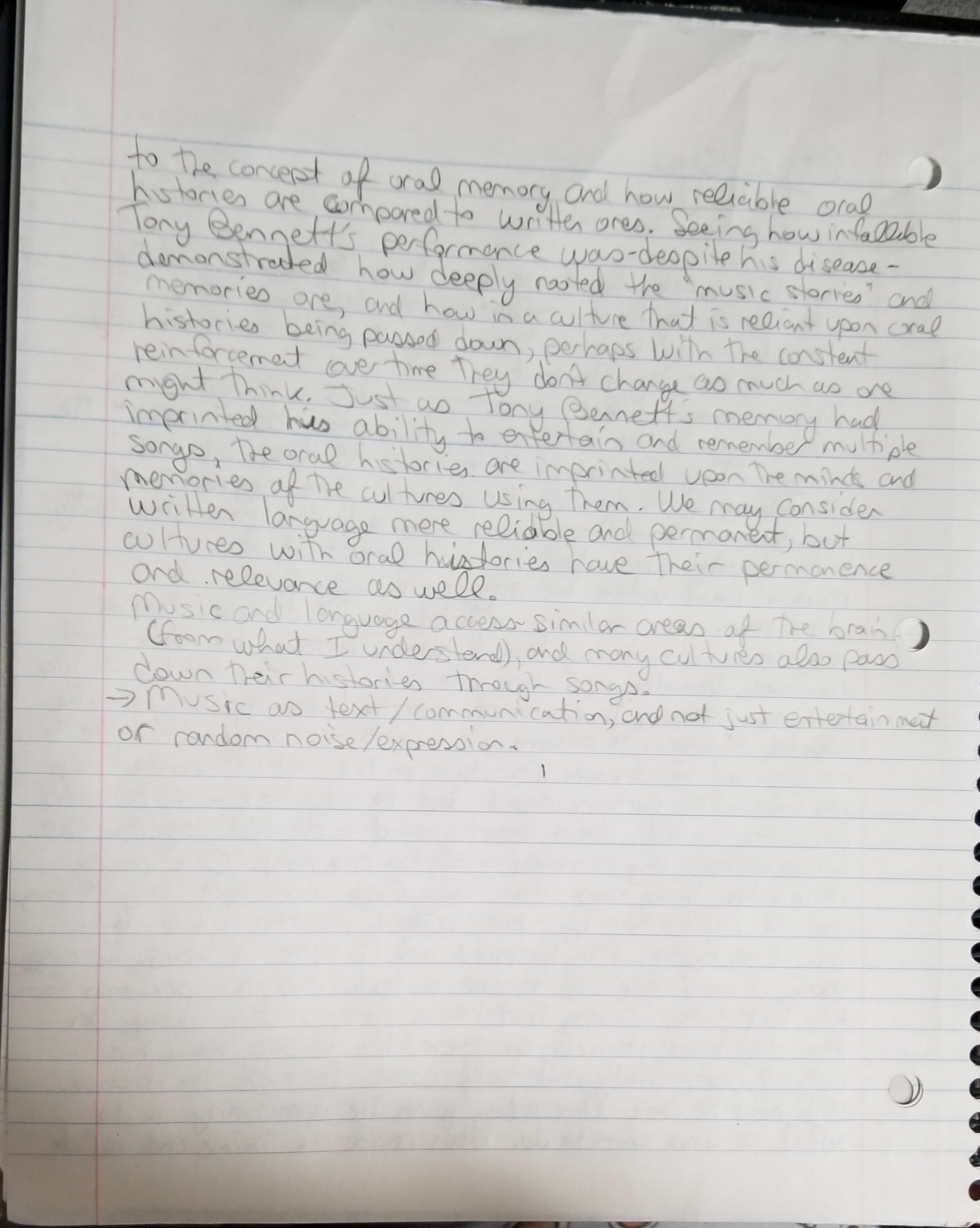
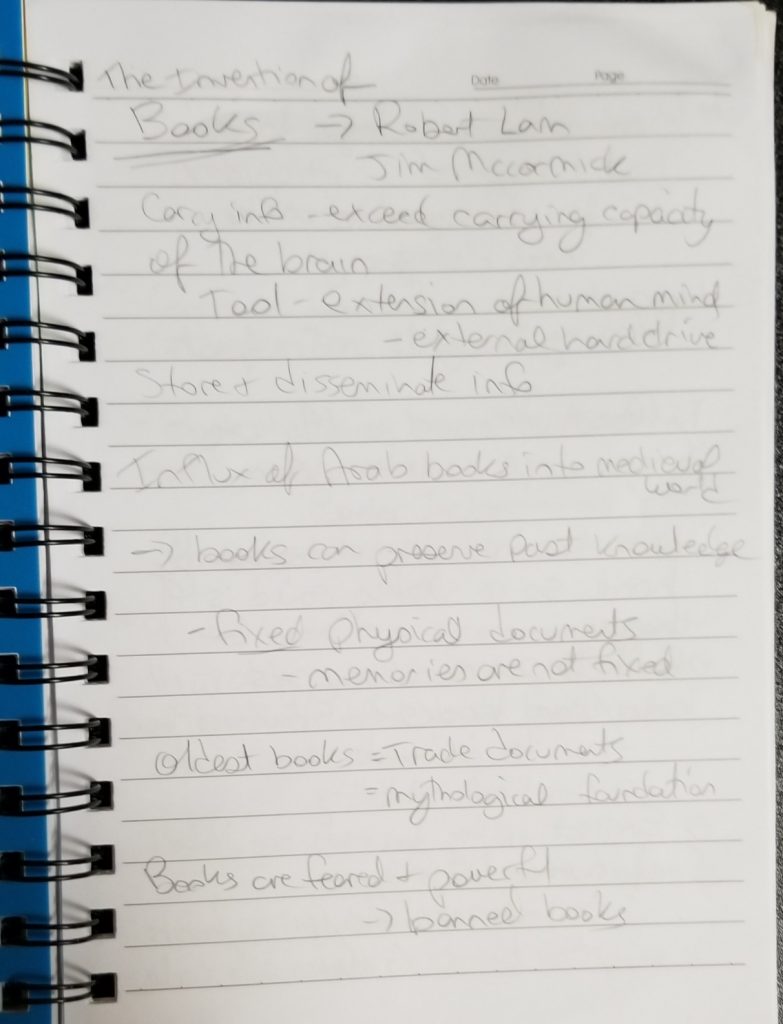
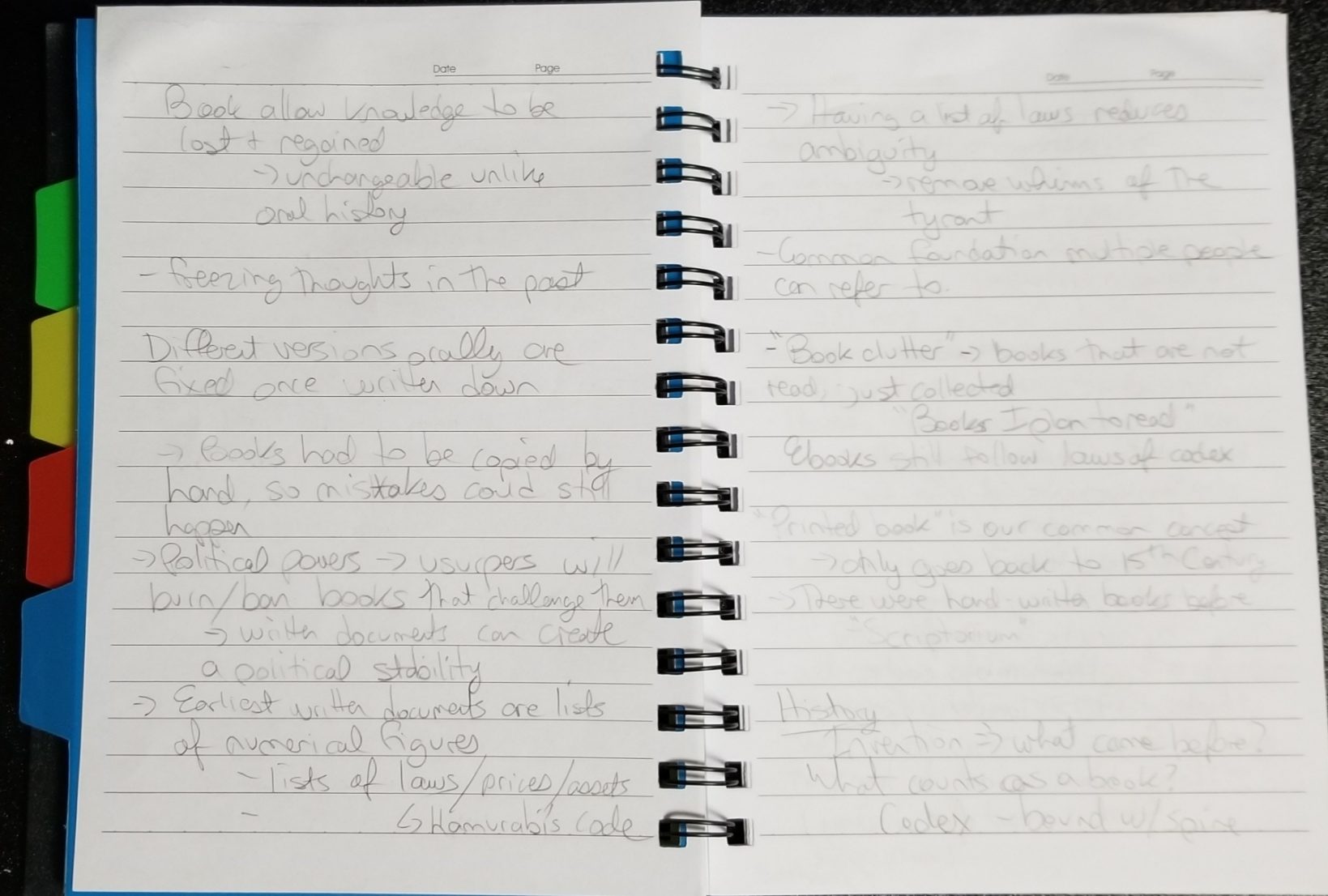
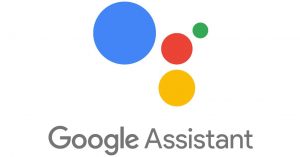 Here is my transcribed dictated assignment. I didn’t tell a story per se, but rather shared a few thoughts I had about the topic this week. I apologize for the rambling nature of the dictation, but even though I had a fairly organized outline of what I wanted to say, I still found it difficult to talk smoothly and coherently without a script.
Here is my transcribed dictated assignment. I didn’t tell a story per se, but rather shared a few thoughts I had about the topic this week. I apologize for the rambling nature of the dictation, but even though I had a fairly organized outline of what I wanted to say, I still found it difficult to talk smoothly and coherently without a script.